032117_YKBP_A5.pdf








Broadcaster Press 5
March 21, 2017 www.broadcasteronline.com
Thank a Farmer Today!
National
Ag Week
March 19 - 25, 2017
Soil Health Principles
Anthony Bly – SDSU Extension
Soil health is a very important natural resource
concern; however, knowledge of how to build soil
health is not widespread. The principles of soil
health should be addressed as often as possible. At a
recent South Dakota Soil Health Challenge meeting in
Mitchell, Jay Fuhrer (USDA-NRCS) presented his five
principles of soil health:
1. Soil Armor
Soil armor (Figure 1) is important for reducing water and wind erosion, decreasing water evaporation,
moderating soil temperatures, reducing the impact of
energy from raindrops, suppressing weed growth, and
providing a habitat for surface dwellers, which are an
important part of the soil food chain.
2. Minimizing Soil Disturbance
Minimizing soil disturbance, which Jay divides into
biological, chemical and physical tillage, enables the soil
armor (surface plant materials/residue) to persist. Biological disturbance includes overgrazing of forages that
reduce soil armor and below ground biomass. Physical
and chemical disturbance occurs from tillage burying
crop residues and over stimulating microbial breakdown
and excessive carbon release into the atmosphere.
3. Plant Diversity
Prairie plant diversity aided and allowed soils to
develop prior to the introduction of annual cropping
systems. Plant diversity uses sunlight and water to
sequester carbon and other nutrients, preventing
leakages into ground and surface waters. Understanding the four crop types: warm season grasses and
broadleaves, and cool season grasses and broadleaves is necessary for designing cropping systems
that improve soil health.
4. Continual Live Plant Root
A continual living plant root either from the commodity crop, cover, or from forage crop provides carbon
exudates to feed the soil food web, which is exchanged
for nutrients for plant growth. This process is also
important for soil aggregate formation, which increases
soil pores for improved water and air exchange.
5. Livestock Integration
Lastly, livestock integration balances soil carbon
and nitrogen ratios by converting high carbon forages
to low carbon organic material, reducing nutrient
transport from the soil, and promoting pasture and
rangeland management in combination with cover
crop grazing.
Figure 1. Photo of beneficial soil armor.
USDA Announces Enrollment Farm Storage Facility Loans
Period for Safety Net Coverage
in 2017
Producers on farms with base acres
under the safety net programs established by the 2014 Farm Bill, known as
the Agriculture Risk Coverage (ARC) or
Price Loss Coverage (PLC) programs,
can visit their local FSA office to sign
contracts and enroll for the 2017 crop
year. The enrollment period will continue until Aug. 1, 2017.
Since shares and ownership of a
farm can change year-to-year, producers on the farm must enroll by signing a
contract each program year.
If a farm is not enrolled during the
2017 enrollment period, the producers
on that farm will not be eligible for financial assistance from the ARC or PLC
programs for the 2017 crop should crop
FSA’s Farm Storage Facility Loan
(FSFL) program provides low-interest
financing to producers to build or
upgrade storage facilities and to purchase portable (new or used) structures,
equipment and storage and handling
prices or farm revenues fall below the
historical price or revenue benchmarks trucks.
The low-interest funds can be used to
established by the program. Producers
build or upgrade permanent facilities to
who made their elections in 2015 must
store commodities. Eligible commodistill enroll during the 2017 enrollment
ties include corn, grain sorghum, rice,
period.
soybeans, oats, peanuts, wheat, barley,
The ARC and PLC programs were
minor oilseeds harvested as whole
authorized by the 2014 Farm Bill and
offer a safety net to agricultural produc- grain, pulse crops (lentils, chickpeas
ers when there is a substantial drop in and dry peas), hay, honey, renewable
biomass, fruits, nuts and vegetables
prices or revenues for covered comfor cold storage facilities, floriculture,
modities. For more details regarding
hops, maple sap, rye, milk, cheese, butthese programs, go to www.fsa.usda.
ter, yogurt, meat and poultry (unprogov/arc-plc.
cessed), eggs, and aquaculture (excludFor more information, producers
ing systems that maintain live animals
are encouraged to visit their local FSA
through uptake and discharge of water).
office. To find a local FSA office, visit
Qualified facilities include grain bins,
http://offices.usda.gov.
hay barns and cold storage facilities for
eligible commodities.
Loans up to $50,000 can be secured
by a promissory note/security agreement and some loans between $50,000
and $100,000 will no longer require additional security.
Producers do not need to demonstrate the lack of commercial credit
availability to apply. The loans are
designed to assist a diverse range of
farming operations, including small
and mid-sized businesses, new farmers,
operations supplying local food and
farmers markets, non-traditional farm
products, and underserved producers.
To learn more about the FSA Farm
Storage Facility Loan, visit www.fsa.
usda.gov/pricesupport or contact your
local FSA county office. To find your local FSA county office, visit http://offices.
usda.gov.
Century Farm program
to Expand in 2017
South Dakota Farm Bureau
especially thrilled to be offering this
South Dakota farms and ranches
during our centennial year celebration.”
that have been in the same family for
South Dakota Farm Bureau has part150 years will be recognized for the
nered with the South Dakota Departfirst time this year as Sesquicentennial
ment of Agriculture since 1984 to recFarms during the Century Farm celebra- ognize Century Farms, as well as those
tion at the South Dakota State Fair in
that have been in the same family for
Huron, August 31, 2017.
125 years as Quasquicentennial Farms.
“We are pleased to add another
This will be the first year to recognize
opportunity to recognize more family
150-year farm families as Sesquicentenfarms and ranches in South Dakota,”
nial Farms.
said Krystil Smit, South Dakota Farm
For more information and an applicaBureau Executive Director. “We are | Maximum please visit the South Dakota Farm
tion Font Size: 30 pt
3.5” x 2.5”
Bureau website at www.sdfbf.org.
Have 403(b)
Invest in your
questions? Let’s talk.
retirement.
Curt Robinson
Because the job is tough enough. . .
Getting the equipment you need shouldn’t be.
Yankton, SD
665-3762
Mitchell, SD
996-6633
Patrick M Higgins
Financial Advisor
23 Market Street
605-624-2028
Vermillion, SD 57069
www.edwardjones.com
605-624-2028
www.edwardjones.com
23 Market Street
Vermillion, SD 57069
605-624-2028
www.edwardjones.com
Vermillion, SD 57069
Freeman, SD
925-4241
Wagner, SD
384-4580
Financial
Curt Robinson Advisor
.
Financial 23 Market Street
Advisor
www.deerequipment.com
Member SIPC
Hoxeng Crop Insurance LLC
For Your Crop
Insurance Needs
MPCI & Crop Hail
33 years of crop insurance experience
35 years of crop insurance experience.
Dave Hoxeng
44867 303rd St. • Volin, SD 57072
Office: 605-267-2767
Cell: 605-661-1136 • 1-855-969-2767
We are an Equal Opportunity Employer
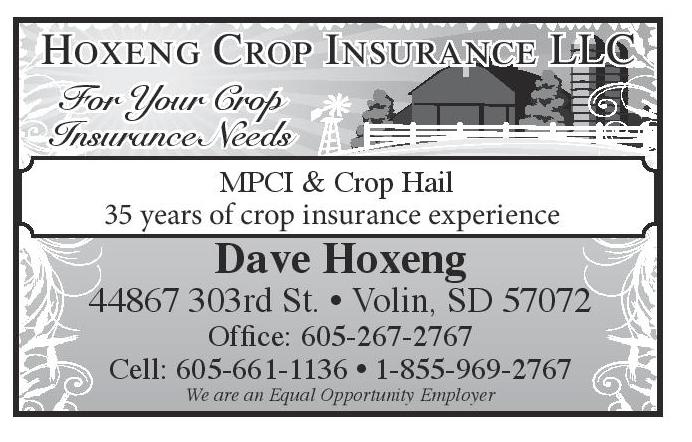



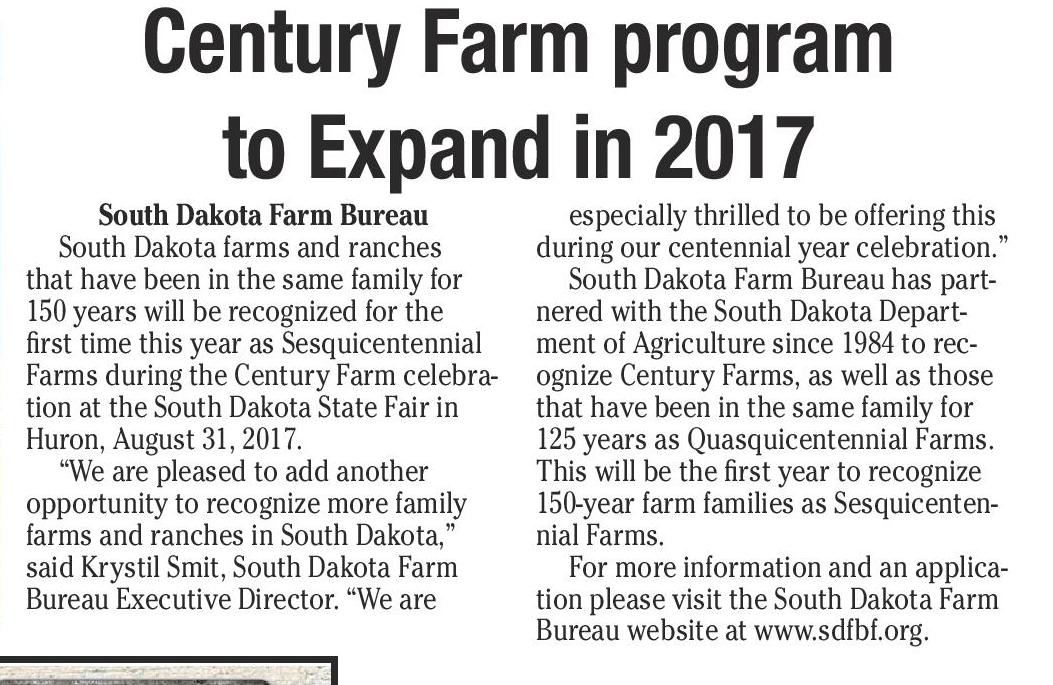

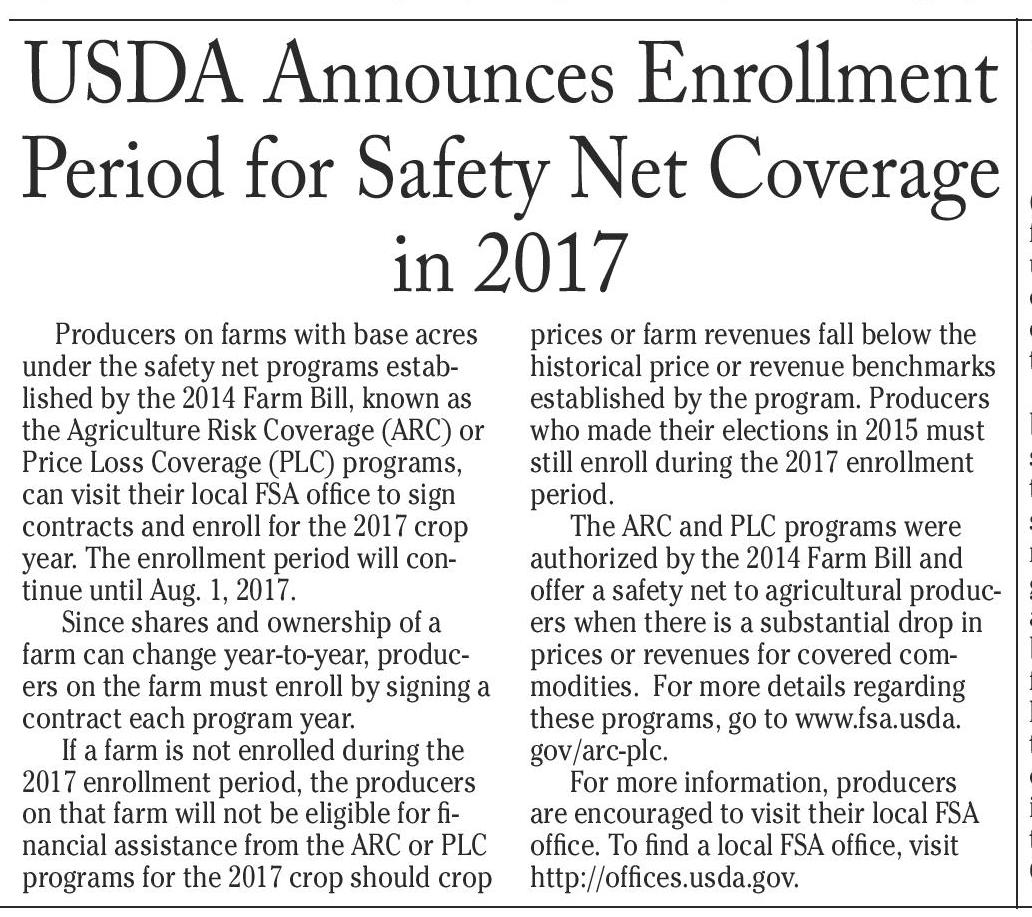
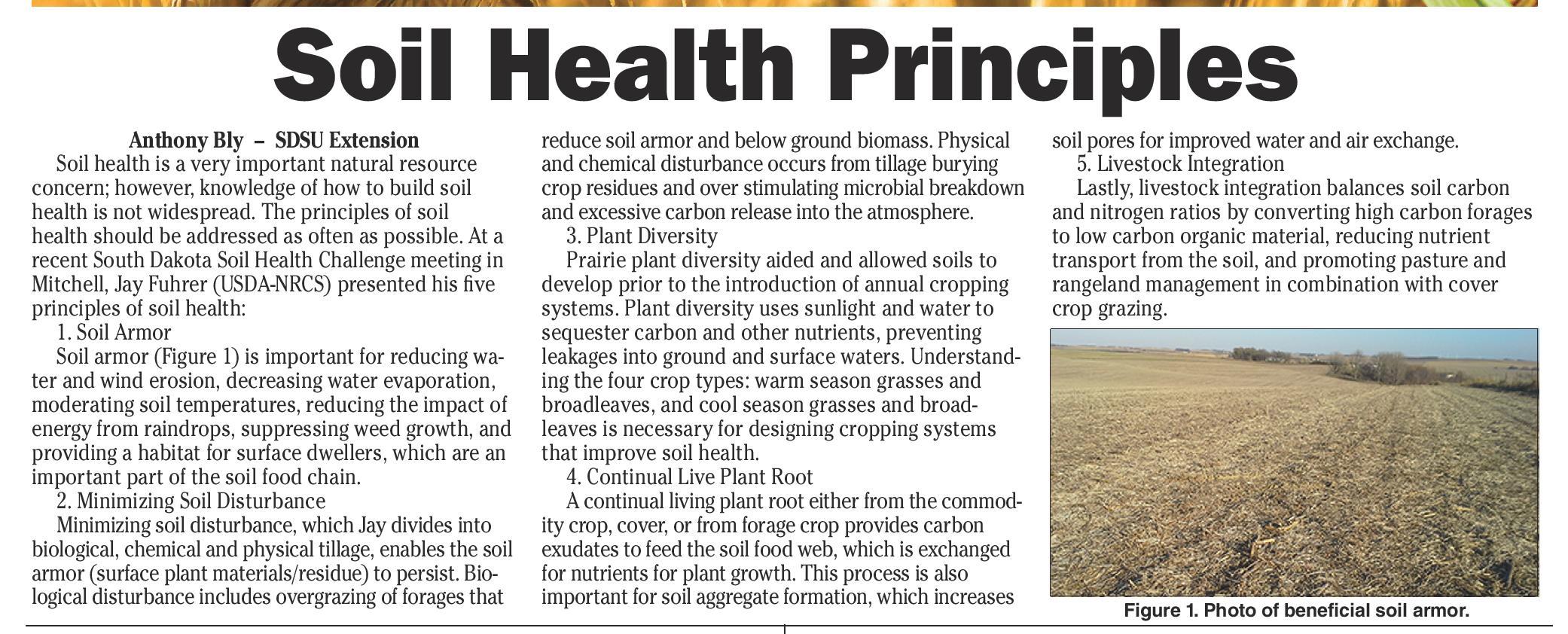





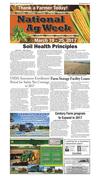

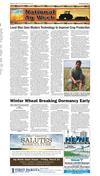





 Previous Page
Previous Page






